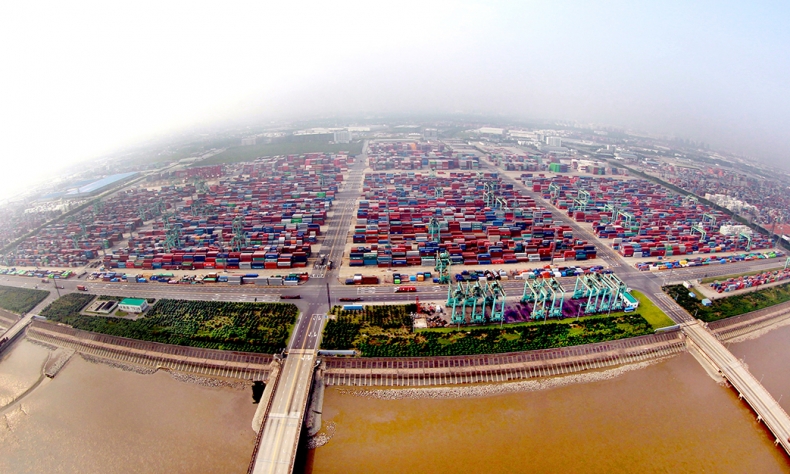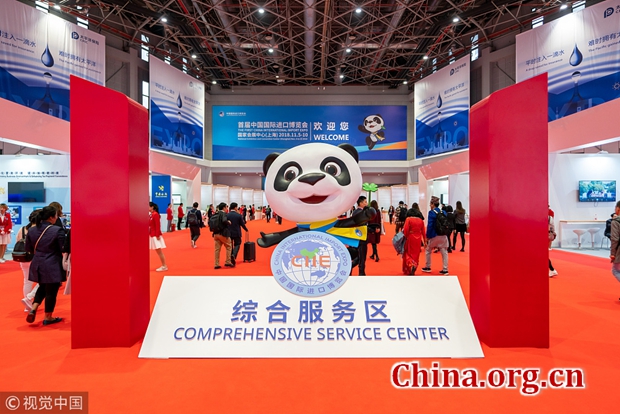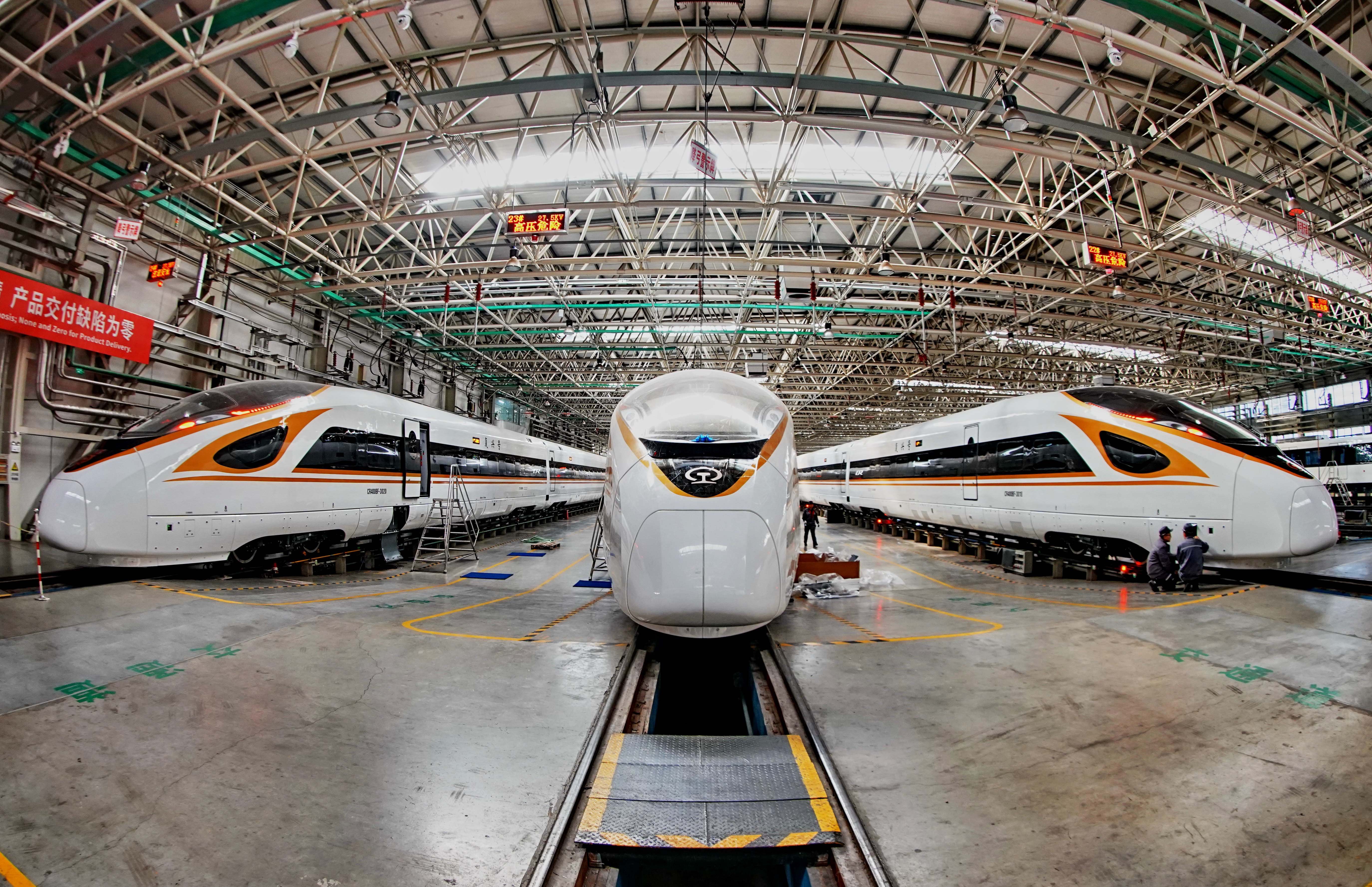
China Moving Towards High-quality and Sustainable Economic Development
Good results were achieved in coping with major financial risks, and reducing poverty and pollution, thereby promoting people’s well-being, strong economic development and social balance.
China’s annual Central Economic Work Conference was held from Dec 19 to Dec 21 in Beijing. On this occasion, after reviewing the economic targets and achievements of 2018, a road map of the nation’s economic policy for the coming year was drawn up.
The strategic priorities for 2018 identified during last year’s Central Economic Work Conference included high-quality economic development, deepening reforms and opening up, forestalling financial risks, adopting prudent fiscal and monetary policies etc.
Additionally, poverty reduction, pollution control, and technological capacity improvement were also recognized as key components for high-quality and sustainable growth. In line with this goal, huge investments were made to accelerate the development of different technologies, such as Artificial Intelligence, telecommunication, space programs, cyber-security, aviation etc.
This commitment was highlighted by China, being the world’s second largest investor in R&D, spending more than US$250 billion in 2018.
Moreover, as part of its continual reforms and opening up policy, China established a new free trade zone in Hainan province earlier. At the same time, the negative list – detailing sectors that are restricted or offer only limited access for foreign investors – has been continuously slimmed down since its introduction in 2013 in Shanghai FTZ. The list, and the policies tried out there, were later extended to other FTZs across the country.

In 2018, China also organized the first China International Import Expo (CIIE) as part of measures to increase its import volume. The purpose was to develop win-win trade and economic cooperation with countries along the Belt and Road, create free trade networks and facilitate investment, thus providing momentum for regional and global economic growth.
The work conference also recognized that, in spite of challenging external environment and uncertainties caused by U.S.-China trade disputes, market regulators managed to avert any systematic risk through good policy control. Good results were achieved in coping with major financial risks, and reducing poverty and pollution, thereby promoting people’s well-being, strong economic development and social balance.
With these factors in place, China is on its track to achieve the economic growth target of about 6.5 percent for 2018, as it continues to march towards building a moderately prosperous society in all aspects.
According to the IMF World Economic Outlook report of Oct 18, the world economy is expected to grow by 3.7 percent in 2018, which is 0.2 percent lower than an earlier forecast in July. The report attributed this reduction to factors such as increasing trade protectionism, growing anxiety over Brexit, rising interest rates causing capital flight from emerging economies (especially Argentina, Brazil, Turkey, Mexico and Indonesia) and the ongoing trade spat between the U.S. and China.
In spite of the existing issues, a Bloomberg report recognized the economic potential of China and its impact on the world’s economy. It predicted that the country’s contribution to global GDP growth would increase from 27.2 percent in 2018 to 28.4 percent by 2023.

Additionally, rural revitalization is to be further encouraged by investing in the development of the agricultural structure and improving the supply of high-quality and green agricultural products. Moreover, in order to invigorate the rural economy, support will be provided for promoting waste recycling, continuing the toilet revolution and deepening rural land system reform.
Furthermore, the clean out of zombie (non-productive) enterprises will be intensified along with accelerating the new technologies, industrial clusters and developing synergies between them.
The government will engage in significant reforms in capital markets, provide more support to private sectors, increase market access for foreign firms in China and strengthen laws related with intellectual property rights. These steps should help in attracting more foreign capital to China.
The work conference also laid much stress on making more efforts to improve people’s well-being by stabilizing employment opportunities, investing more in early and vocational education and ensuring safety on all respects including workplace, traffic, food and medicine.
China, in the last 40 years of reform and opening up, has seen its share of the world economy growing from a mere 1.8 percent in 1978 to a staggering 18.2 percent in 2017. Its economy has grown at a healthy rate of average 7 percent over the past five years.
This confirms the country’s role as a major growth engine for the world’s economy. However increased uncertainties caused by external trade issues, potential speculative property bubbles, and domestic debt issues etc are areas of concern, so the role of the Central Economic Work Conference remains critical for averting the risk through substantial policy adjustments, prudent monetary and fiscal policies, balanced trade policies and continuous reforms.
Rachana Gupta is a China Focus columnist, an expert author of Ezine Articles and an active blogger and poetry writer.
Opinion articles reflect the views of their authors only, not necessarily those of China Focus
Source: China.org.cn
 Facebook
Facebook
 Twitter
Twitter
 Linkedin
Linkedin
 Google +
Google +










